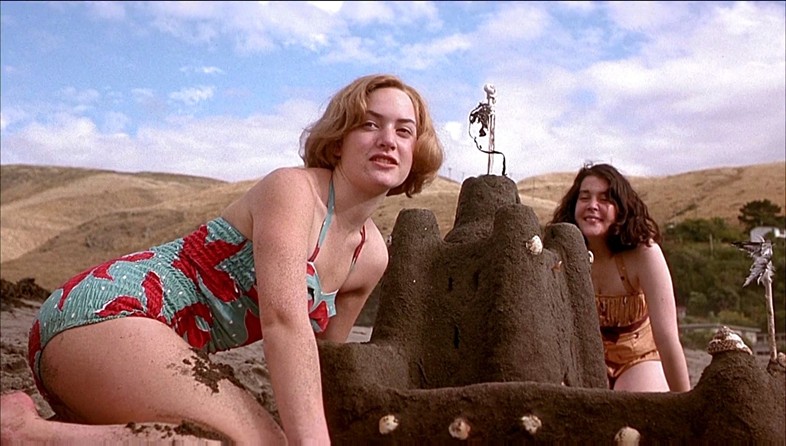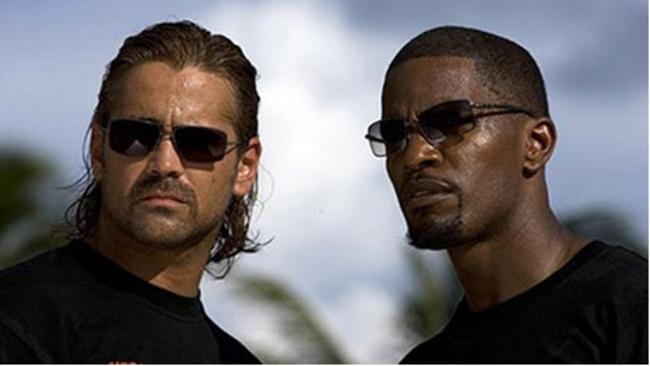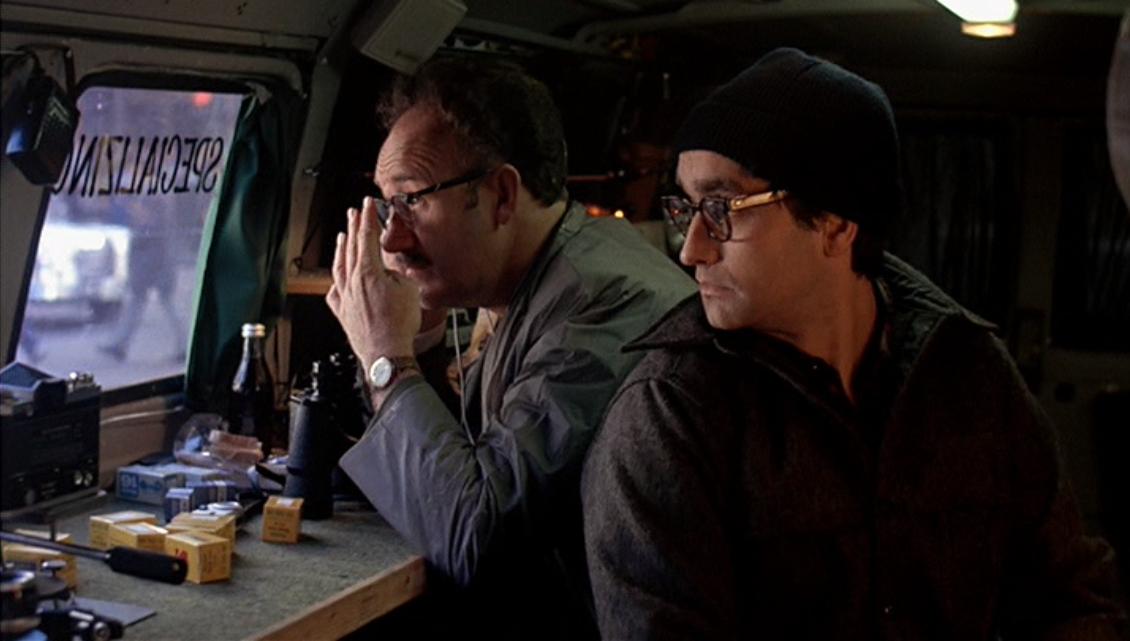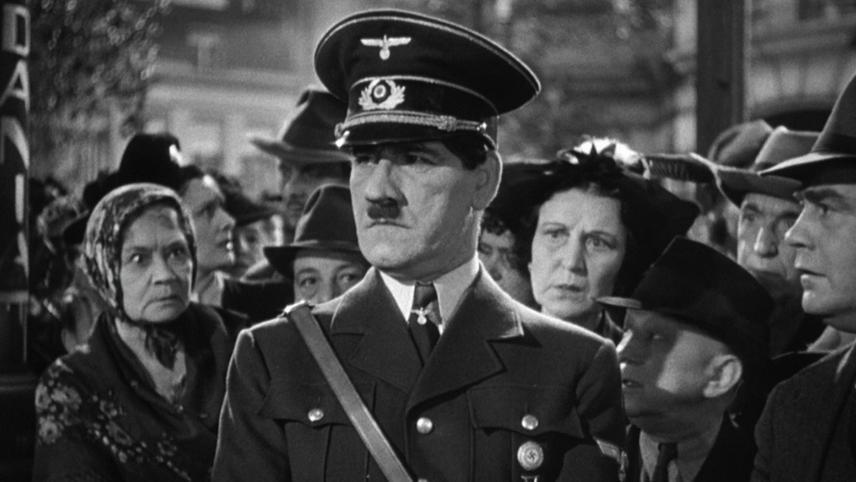6. Heavenly Creatures

The haunting nature of Heavenly Creatures is almost a physical present in the opening scene. The image fades in and the camera is floating-no, more like running or rather float-running for lack of a better word through this forest hitting branches all the while we hear these girls screaming which is something akin to Laura Palmer’s scream in Twin Peaks.
The camera then cuts to a moving panning shot in the opposite direction that these two girl are running in as they continue to run up a hill and to scream and gasp for breath which is captured beautifully in the sound design. The camera then cuts to the legs of the girls as they are struggling up the hill almost to reinforce the haunting atmosphere that something terribly wrong has occurred.
This then leads to the camera cross cutting between black and white footage of the girls on running on a boat shot by using a horizontal tracking shot seen commonly in Wes Anderson films which is only to suggest the wholesome or rather innocent nature of the shots in black and white contrasted with the color scenes of the same two girls running and screaming with blood all over them which is noticeable only in the shot before the camera begins to cross cut the scene with black and white shots.
Peter Jackson does this to have us ask ourselves how these two girls went from innocent or at least a symbol of innocence to this horrific scene. The girls are both shouting, “mommy” during the black and white scene which ends with the parents turning around and then concluded with one of the girls’ mom running outside to see why the girls are screaming, and then Jackson cuts to a POV shot from the mom’s perspective and what follows is one of the most hauntingly beautiful shots in the history of film which is then followed by a cut- not a fade, but a straight cut to black used by Jackson like an author uses an exclamation point.
At this point, the three sentences fade in that inform the audience of the story we are about to be told. This opening scene captures both the beautiful nature of this film and the haunting nature of it as well because what follows after these three sentences fade is an allegory on the dangers and necessity of friendship and fantasy which is to say that this film is a perfect companion piece to Jackson’s Lord of the Rings.
7. Miami Vice (Theatrical Cut)

It starts in black with the beginning of a song then abruptly cuts to a dancer dancing with a colorful background behind her as the song Numb by Linkin Park and Jay-Z is playing loud throughout the entire scene.
The opening shot has some force behind it something akin to the first lines by Ghostface Killah in Bring Da Ruckus by The Wu-Tang Clan because it happens so abruptly almost like a getting shot with images. The scene from here cuts around to show the many bodies populating the club as well as the bodies of the main characters and their team which the camera eventually revolves around.
There is a certain texture due to the use of digital cinematography that seems to add to the reality of the scene as well as the abruptness of each cut. It is almost like Michael Mann is trying to overwhelm the audience which add to the interest in the scene.
Eventually, the camera shows one of the main characters getting a drink at the bar which is the same bar that one of his team members meets a pimp to purchase the company of two women which is suppose to be three, but one is feeling sick.
Then, as the pimp is leaving, the other main character chase after him by going through this crowd of bodies that contains people trying to stop him, and he barely misses the pimp once he gets through all the bodies.
Then, the main character who got a drink at the bar receives a call that sets in place the plot of the film. The opening scene is as intense as the ending of just about any other movie, but more disorienting than any other movie because it happens at the beginning which is to say that Miami Vice is of a rare breed in action films because it excites due to both visceral experience and cerebral experience.
8. The Conversation

The title of The Conversation actually is alluding to the opening scene which should make the importance of the opening scene in this film obvious to say the least. The opening shot is slow zoom, which is reminiscent of the way Stanley Kubrick uses zooms, from overhead allowing the us to see the spatial parameters of the conversation that is about to take place.
The zoom follows this mime as the sounds become electronic which is only to say that it sounds like a recording device capturing sound. This is actually alluding to the fact that the conversation is being recorded. The mime eventually leads us to the main character who the camera begins to follow. Then there are a few cuts which at first leads us to believe that there is a sniper watching this couple which is revealed through a reverse POV shot of the couple.
However, it quickly becomes apparent that this man is recording the conversation between this couple due to the sound design using the same sort of sound that was heard in the first shot. The camera cuts a few times until settling on this shot that jumps around from seemingly random people until finally it finds the couple seen through the earlier POV shot as the sound design begins to highlight again that this conversation is being recorded.
The camera then cuts around to shots that seem to mimic the sound design in the way that it makes the scene feel like and intrusion of privacy. The camera then captures the main character again and the camera cuts to a shot of the couple again before following him to a van with the couple’s conversation is playing over where the audience sees the strings behind the operation to record this couples conversation.
The Conversation continues as well as some things being setup that will come into play later on in the film, however, the main brilliance of this scene is the way Francis Ford Coppola captures the conversation of the title.
This scene is what the rest of the film revolves around, and the conversation is deconstructed so many times throughout the film that words almost become abstract expressions of the main character’s obsession.
While the mise-en-scene adds reinforces the obsession of the main character, it is the sound design or rather the soundscape that creates a world of both abstraction and the feeling of obsession surrounding the main character until abstraction becomes as concrete as reality.
9. Rope

Rope is the perfect example of Hitchcockian suspense. The opening of Rope proves this to be the case. The camera shows us the window of an apartment, and then a scream coming from inside is heard. The camera cuts, which is the only such cut in the whole film, to the close-up of a man being chocked by a rope hence the title of the film.
It is interesting that the only cut in the whole film is from a window to a rope almost like Hitchcock is making a visual joke about the audience being unable to save the man who is being chocked by the rope since in order to save him, the audience would have to cut the rope as Hitchcock has cut from one shot to the next. The camera then tracks backwards to reveal three people: the two murders and the victim.
The camera moves throughout this opening scene or rather throughout the whole film manage to make use of Hitchcock’s rules through his direction of the camera. The perfect example of this is the close-up of the rope around the victim’s neck that transitions to a medium shot of all three of the people in the scene. These two men eventually decide to hide the body in this wood chest while they through a party for their successful murder under the guise of it being a going-away party for one of the two murderers.
The film that follows uses the same principle as the opening shot of Welles’ Touch of Evil where the single take adds to the tension and the excitement of the film. The fact that the camera never cuts only reminds the audience more and more of the fact that there is a dead body in the wooden chest because the characters aren’t able to escape from the situation. Needless to say, Rope creates suspense in real time that keeps building and building until the climactic finale.
10. To Be or Not to Be

This Ernst Lubitsch film is about deception which is actually seen in the title of the film because To Be or Not to Be isn’t about the Hamlet speech anymore than it is about WWII even though the plot of the film contains both. To Be or Not to Be is about the trick of deception that both the actors and filmmakers achieve with films.
The beginning of the film illustrates this perfectly while also working within the plot of the film and matching the comedic tone of the film as a whole. The film opens up with a narrator who lists off the last names of all these stores if only to illustrate that we are in Poland due to the similarity of all the last names ending in ski; however, he doubles up on the fact that we are in Poland by telling us that we are specifically in Warsaw, Poland in 1939 while Europe is still at peace before the outbreak of WWII.
This is followed by shots of everyday life in Warsaw which is then interrupted by shots of portrait shots of these people staring off screen, which is a common Lubitsch technique that seems to expand the world of his films beyond just the frame, and the narrator essentially asking the audience what could these people possibly be witnessing for them to be staring with such intensity.
The camera is following these everyday people as they rush towards the center of every ones attention. Then the camera cuts to a side view of the everyday people of Warsaw staring with an even greater intensity than before, and eventually the camera pans over to reveal that everyone is looking at Adolf Hitler or the man with the little mustache as the narrator calls him.
The camera cuts closer to Hitler if only to allow the audience to be assured that this is indeed Adolf Hitler even as the narrator asking questions to figure out why Adolf Hitler is in Warsaw. The narrator then asks how he got in Warsaw, and the camera cuts to a scene of that contains two officers in the Germany army talking to a little boy about the Fuhrer and seemingly trying to convince this little boy’s father to support Hitler through his son. After some jokes, Hitler eventually is announced to be coming into the room and everyone says, “Heil Hitler” to which Hitler responds with “Heil myself”.
Then with a reverse we are shown the other side of the fourth and a stage director saying, “that’s not in the script.” This eventually leads several arguments between several actors and the stage director about specific character choices that seem to clash with the directors version of a realistic drama about Nazi concentration camps which eventually leads to the reason that the actor playing Hitler ended up outside: the director didn’t believe that the actor playing Hitler didn’t look like Hitler, so the actor went outside to prove that he looked like Hitler.
This scene then ends with on a comedic note where even though all the adults think the actor looks like Hitler, this little girl walks over and asks for the actor’s autograph which is happy to oblige until he realizes that this little girl say right through his Hitler costume.
The opening scene is perfect for this film due to the comedic ending to this scene mirrors the comedic ending of the film as well as there being a callback to this scene that proves that this actor really does look like Hitler and the opening setting up the fact that the actors’ deceptions play a large role in To Be or Not to Be.